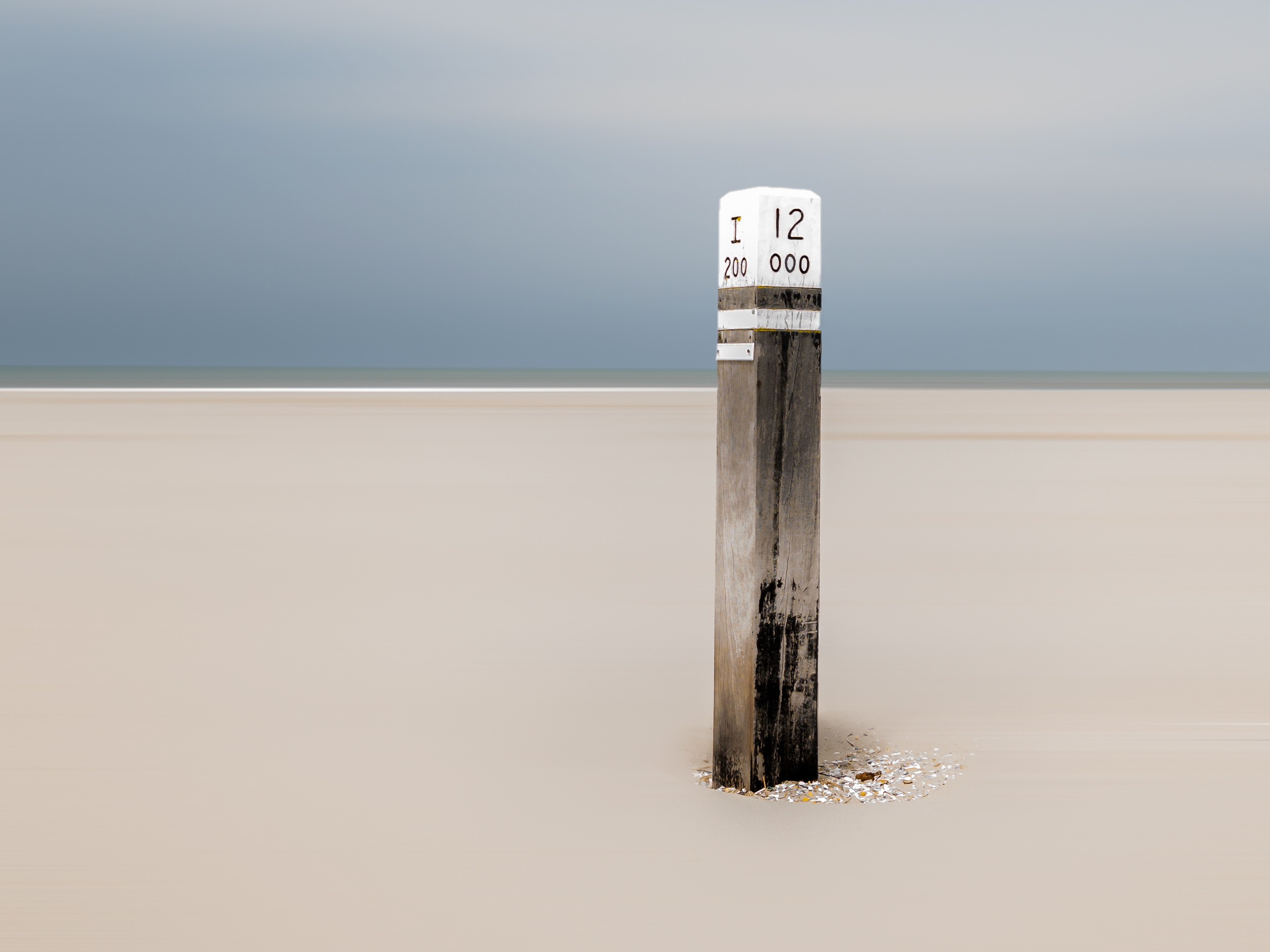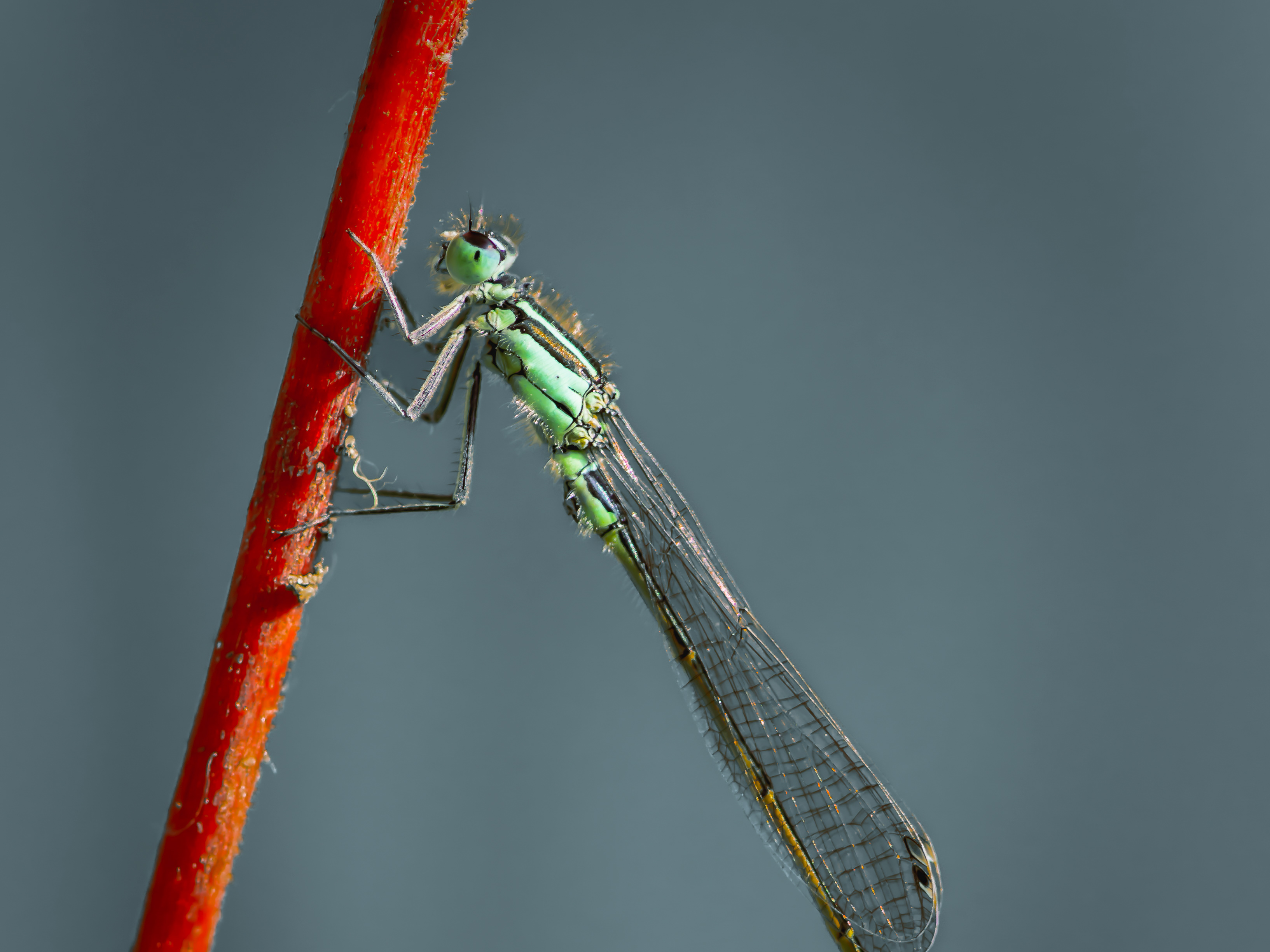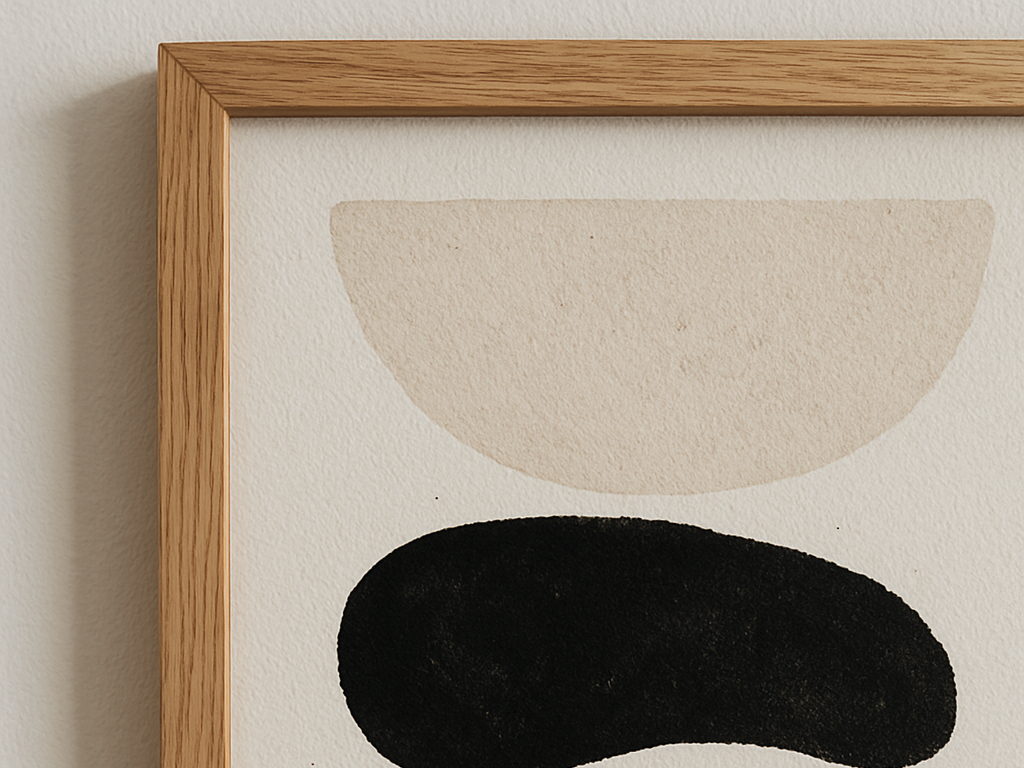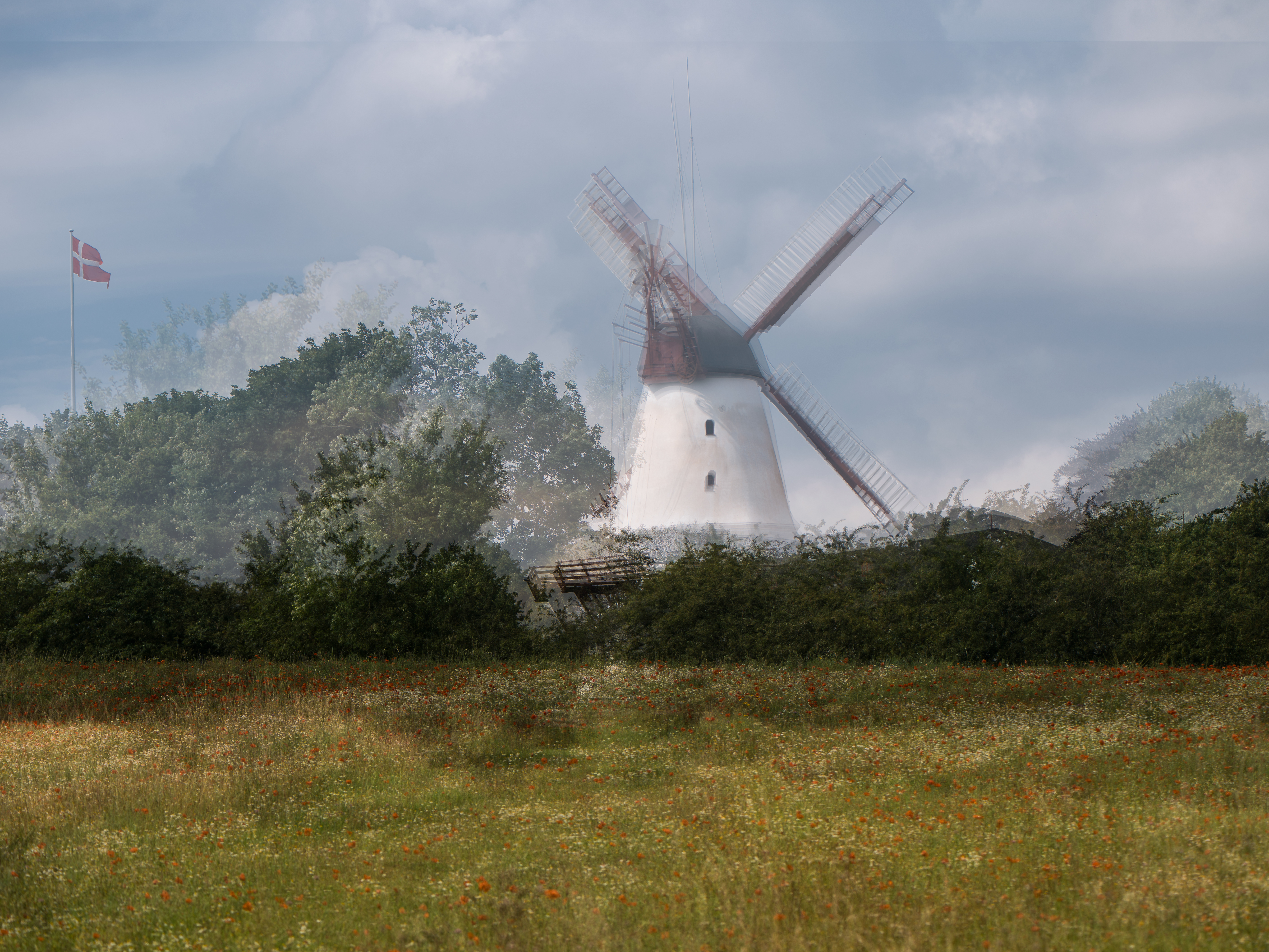Intentional Camera Movement (ICM) is a creative technique that transforms static scenes into expressive, abstract art through motion blur. Whether you're photographing forests, city lights, or oceanscapes, ICM adds mood and emotion to your images in a powerful, unique way.
A few months ago, I had the chance to spend some time in downtown New York. It’s an absolute dream for photographers—especially if you love street photography, architecture, portraits, or simply capturing the nonstop energy of the city. Naturally, I headed straight into the action of Times Square.
Imagine: crowds of people, bright lights, performers, noise, storefronts, traffic—pure sensory overload. As I stood there, camera in hand, I noticed a group of people looking around in awe. Their expressions mirrored my own feelings of amazement. That moment inspired a photograph that, to me, perfectly captures the dynamic spirit of Times Square. The ICM technique added an extra layer of interest — emphasizing the height of the buildings and the glow of the lights, enhancing the feeling of energy and movement.
Find more pictures of New York here
ICM relies on using a slower shutter speed to create intentional blur. This results in beautiful light streaks and abstract textures. The direction of movement also plays a key role, adding verticality, flow, or motion depending on how you move your camera.
Tips to Get Started with ICM:
Shutter Speed: This is the key element. Slower shutter speeds allow motion blur to occur. Start with 1/2 to 2 seconds. For more abstract results, go even longer— up to 30 seconds — once you're comfortable.
Shutter Speed: This is the key element. Slower shutter speeds allow motion blur to occur. Start with 1/2 to 2 seconds. For more abstract results, go even longer— up to 30 seconds — once you're comfortable.
Camera Movements:
Vertical Sweeps: Ideal for trees and tall buildings. Move your camera straight up or down.
Horizontal Pans: Great for f.e. horizons and seascapes. Sweep left or right smoothly.
Zoom Blur: Twist your zoom ring during exposure to create dramatic radial lines.
Spins & Wiggles: Rotate or gently wiggle the camera for creative, abstract effects (f.e. flowers).
Additional Settings:
Aperture: Use f/8 to f/16 to slow the shutter while keeping depth of field.
ISO: Keep it low (100–200) to avoid overexposure during longer exposures.
Neutral Density (ND) Filters: Essential in bright light. Use 3–10 stop ND filters to extend exposure times.
ICM is all about experimentation and creativity. Each photo is a surprise and an invitation to embrace blur, break the rules, and let your creativity guide you. There’s no perfect formula. Discover and enjoy watching your camera paint with motion.
Want to dive deeper into ICM, learn about post-processing, or master your camera settings? Ask any question through the lifecaptured.photos ChatGPT — go explore your creativity.






